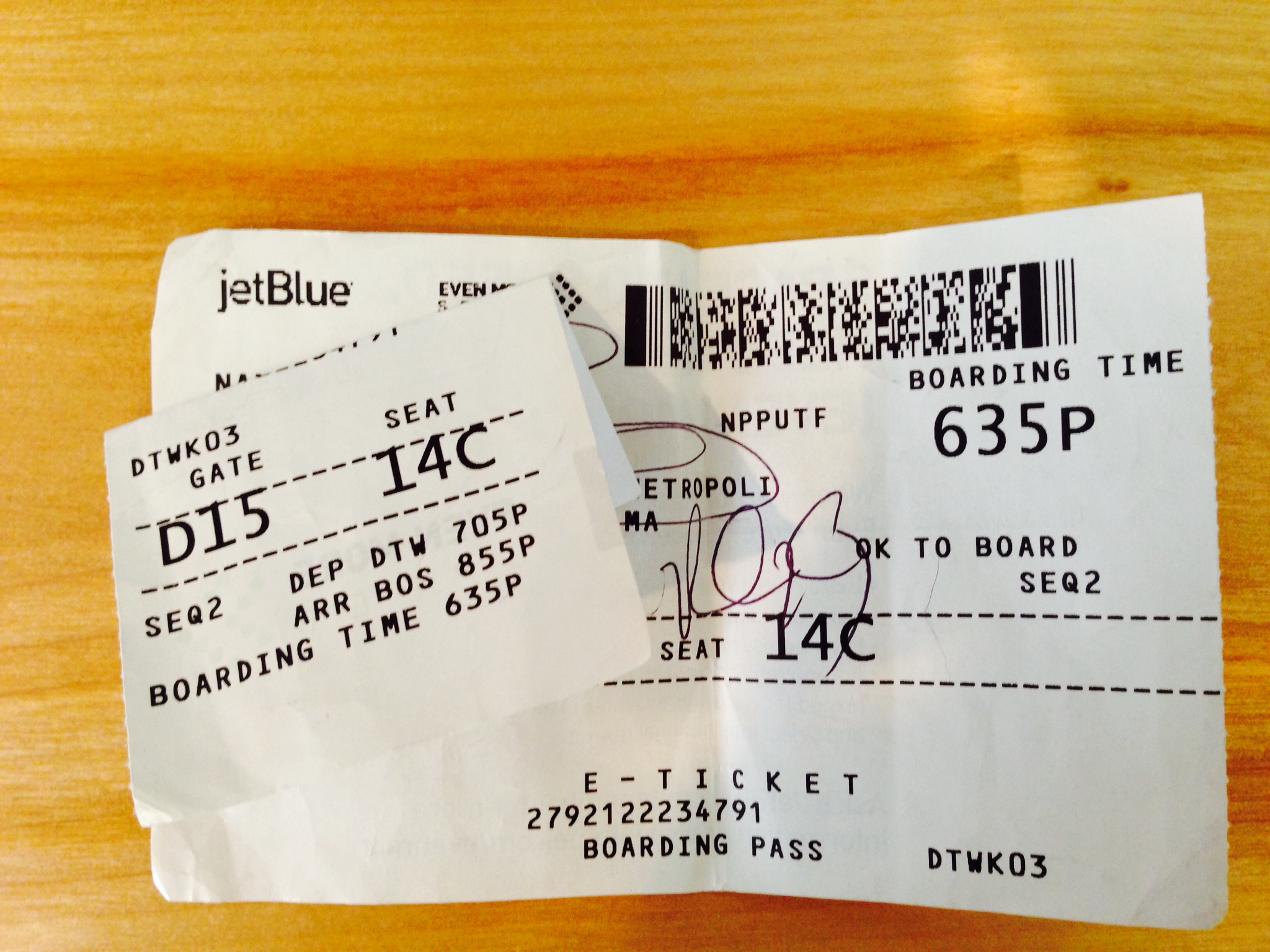Florida is not only a top travel destination in the US, it's one of the top destinations in the world! According to the Jacksonville Business Journal 94.7 million people visited Florida in 2013. Whenever I give advice to international visitors in online forums, I always encourage them to spend at least part of their holiday seeing "real" Florida. Of course Sea World and Walgreens are "real" and are in Florida, but what I mean by this is experiencing what Florida was (and in some places still IS) when "nothing" was there. I feel that it's important to experience natural Florida. It's the inverse of my belief that when I am visiting an area known for it's natural beauty (like an African safari or Galapagos islands) I like to sample the culture of the local people. I've found ways to enjoy natural Florida (even as part of a trip doing some "unreal" things like resort beach vacations and Disney trips) and I've really enjoyed experiencing what Florida must have been like before all the development.
How To Find a Natural Area in Florida
I've since learned that The Florida State University has made an interactive map of Florida Natural Areas Inventory you can use to find natural areas anywhere in Florida. I like it because it lists everything in any given area, National Parks, County Parks, Local parks, parks owned and operated by non governmental agencies or even for profit. Once you know where you will be in Florida, I'd encourage every visitor to locate at least one of these areas and visit the next time you visit Florida.
link to Florida Natural Areas Inventory
I usually try to find a time where I can fit in some natural outdoor activities, but sometimes, my trips to natural areas happen by accident like my visit to the Anne Kolb Nature Center in Hollywood FL. After a cruise from Fort Lauderdale, we had a lot of time to kill before a late flight and we took a cruise line provided bus to Hollywood Beach. The weather was a bit overcast for hanging on the beach, so we rented bikes on the Broadwalk (that's not a typo- that's what they call it, I don't know why, but my theory is someone sent the wrong spelling to the printer and no one had the budget to change it!!) On the local map we were handed, we noticed the Anne Kolb Nature Center, and decided to ride over there. Amazingly, this natural gem was tucked away about a mile from the beach and shops of Hollywood Beach.
Anne Kolb Nature Center
link to Anne Kolb Nature Center





















